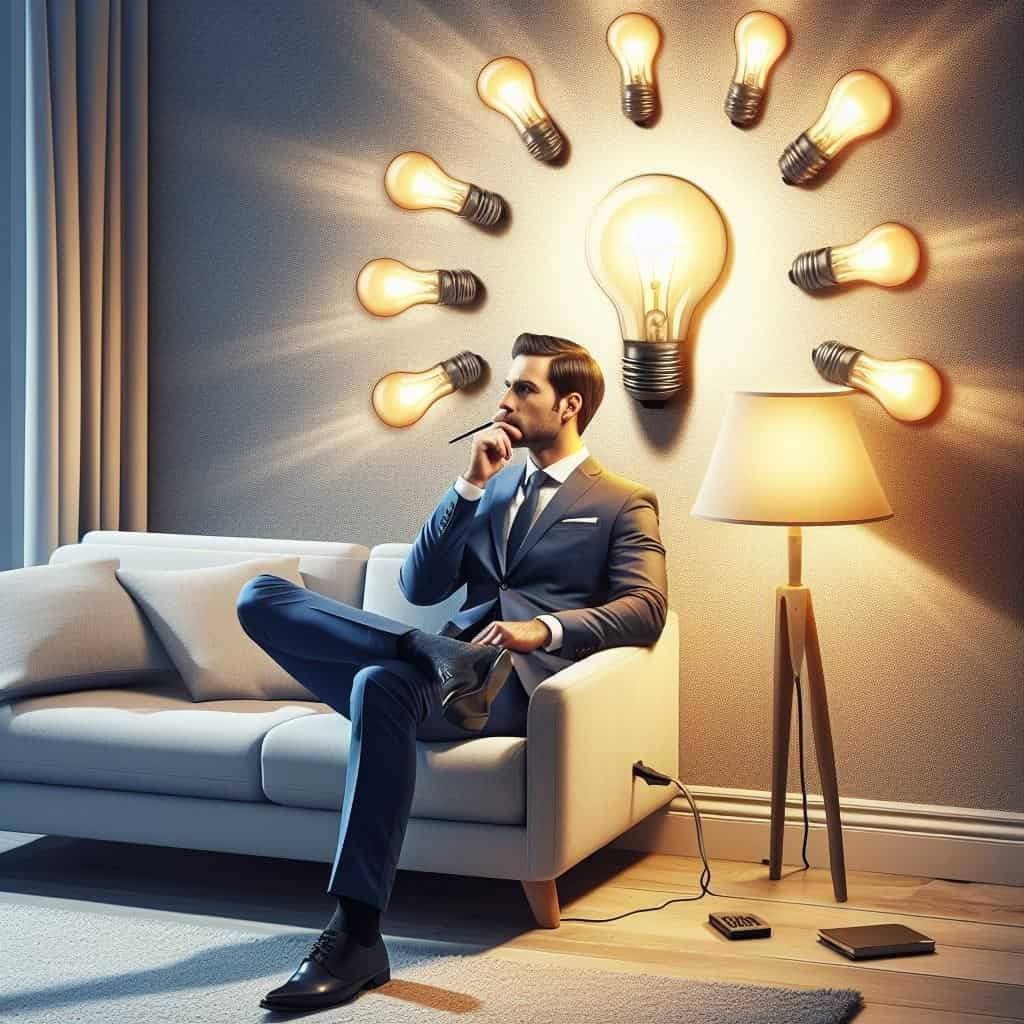Lighting is one of the most important parts of interior design because it affects both the mood and the usefulness of a room. There are many types of lights, but wall lights stand out because they can be used in many situations and look good. People often wonder, though, if wall lights really do light up a place well. Let’s dig deeper into this question to find out the truth about how wall lights can light up a room.
Understanding Wall Lights
Wall lights, which are also called sconces, are objects that are attached to the wall to add extra light. They come in many styles, from simple and modern to fancy and old-fashioned, so they can be used in a wide range of rooms. Unlike chandeliers and pendant lights that shine light from above, wall lights spread light in a more controlled and localized way, giving a room more depth and volume.
Ambiance Enhancement
One of the main jobs of wall lights is to make a room feel better. By shining soft, indirect light on walls, they make a soft, diffused glow that makes the room feel warm and welcoming. Placed correctly, wall lights can do wonders for creating a calm atmosphere in places that need it, like beds, living rooms, or dining areas. This makes the space perfect for unwinding and socializing.
Task Lighting
Wall lights are great for setting the mood, but they are also very useful, especially for task lighting. Wall-mounted fixtures with adjustable arms or directional shades can provide focused light in places that need it, like reading nooks, home offices, or hallways. This can help with activities like learning, reading, or moving around the space. By adding task-oriented wall lights to ambient lighting, users can improve usefulness while keeping their eyes comfortable.
Increasing the sense of space
Another benefit of hanging lights is that they can make a room look bigger. By shining light on vertical objects like walls or architectural features, they add depth and make the room’s sizes stand out. This effect works especially well in small or dimly lit rooms, where wall lights placed in the right way can make the area feel bigger and airier. Wall-mounted fixtures also create a play of light and shadow that makes the whole design plan more interesting and sophisticated to look at.
Aesthetic Appeal
Wall lights do more than just hold things up; they also make a place look better. They add character and charm to rooms, whether they’re used as statement pieces or as subtle ornaments. Wall lights let you show your style and personality in a lot of different ways. They can be simple and blend in with the rest of the room’s decor, or they can be very fancy and stand out. By carefully choosing lights that go with the rest of the room’s design, homeowners can improve the room’s look while also getting more useful benefits from better lighting.
Integration with Overall Lighting Scheme
Wall lights are good at lighting because of how they are built in, but how well they work depends on how they are used with the room’s other lighting. To get the best lighting, you need to think about how ambient, job, and accent lighting sources work together. Designers can make layered lighting schemes that work for a variety of activities and needs by carefully mixing different types of lighting fixtures. When carefully added to this framework, wall lights can be a key part of finding the right balance between usefulness, style, and atmosphere.
Conclusion
Wall lights can successfully light up a room while also adding style and sophistication to its design. These fixtures are very useful for both residents and designers because they can be used to create a better mood, provide task-oriented lighting, visually expand space, or improve the look of a room. There are many ways that wall lights can light up a room. The key is to know what they can do and use them as part of a complete lighting plan. So, the next time you’re thinking about what kind of lighting to use in a room, think about how wall lights can change the mood and make the space feel more welcoming.






Leave a comment
You must be logged in to post a comment.